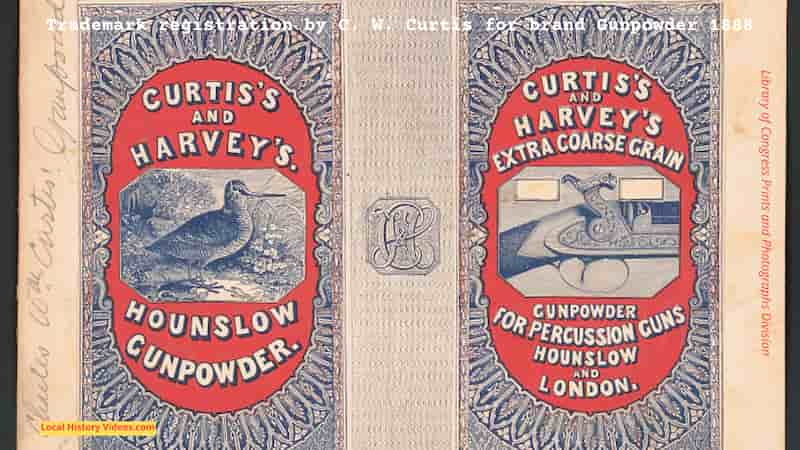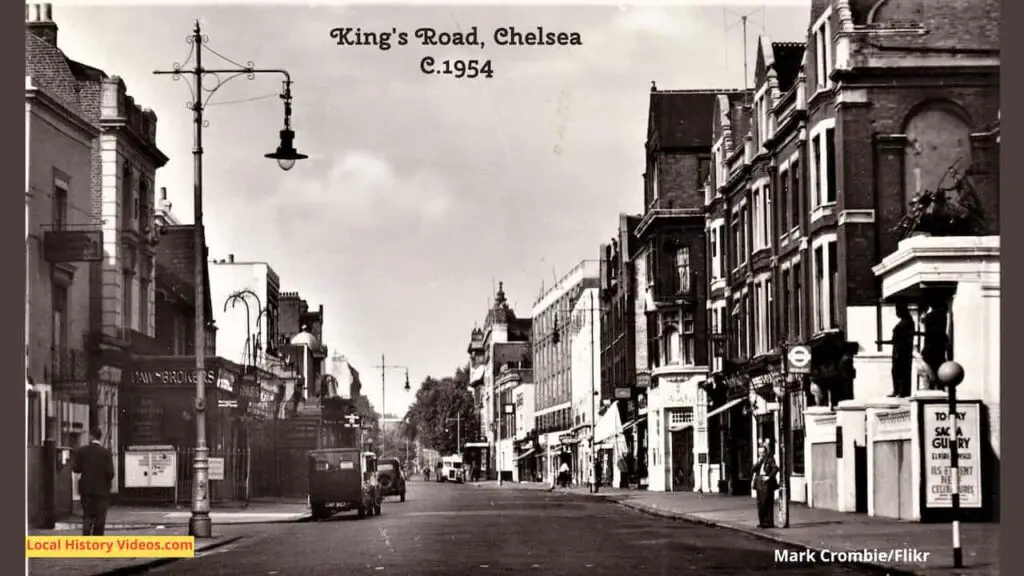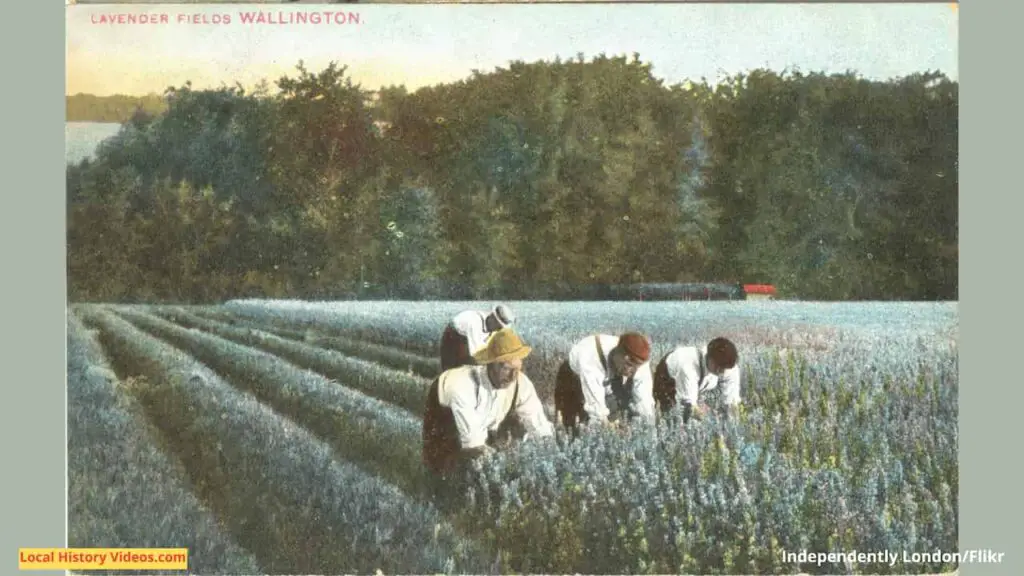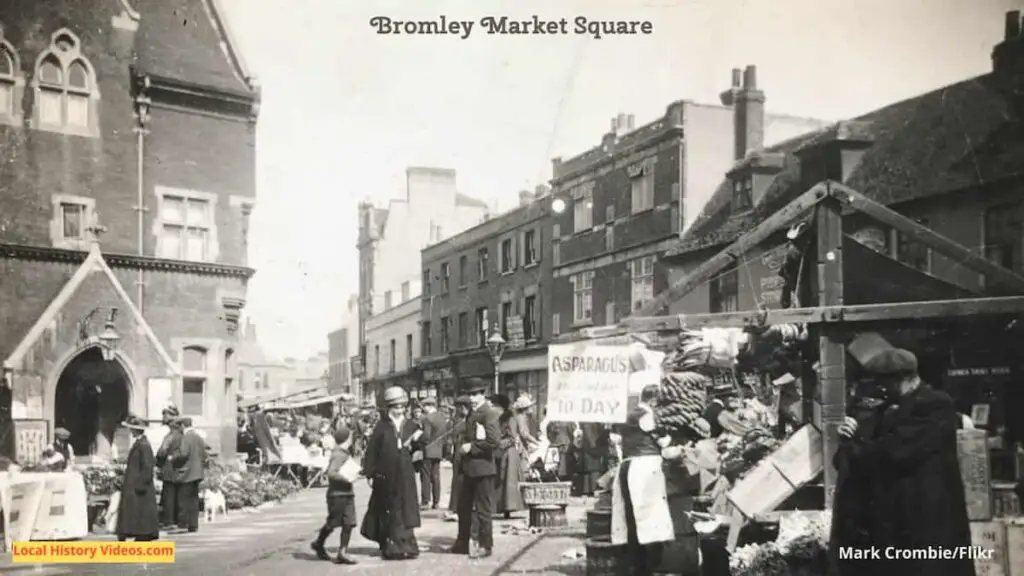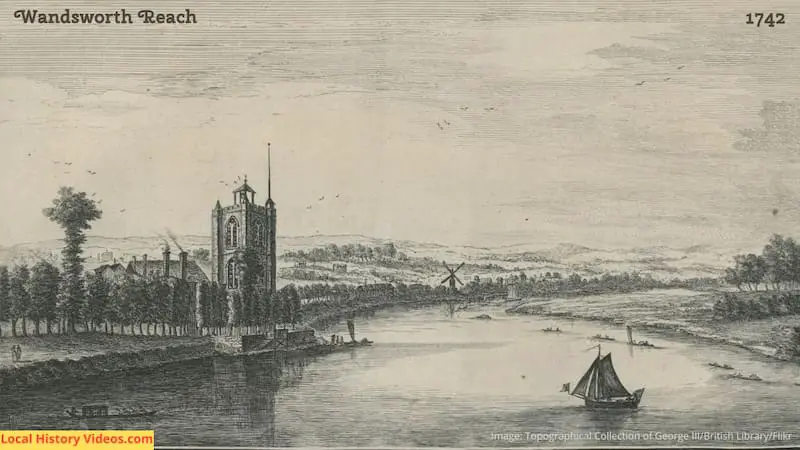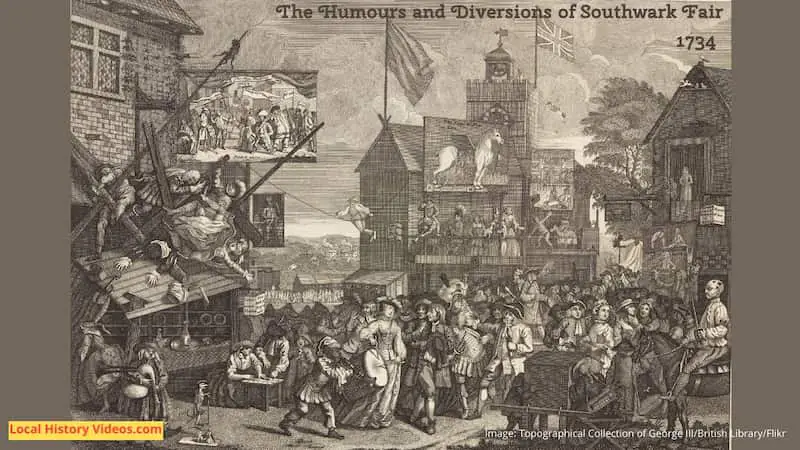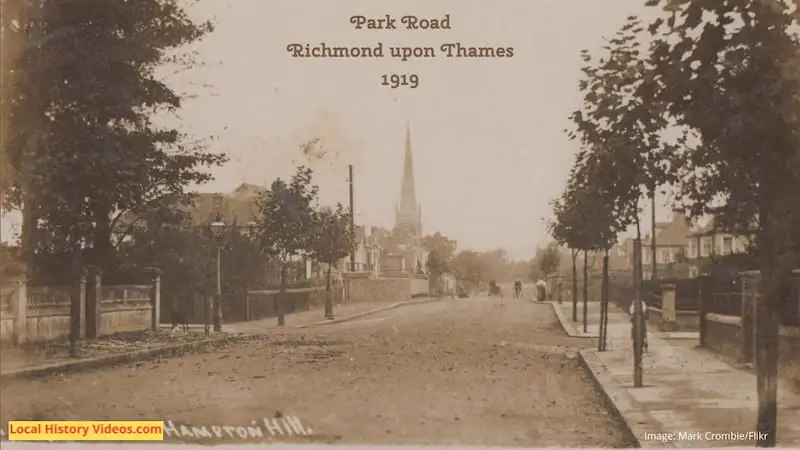Glimpse the past through old images of Hounslow, in Greater London.
Special Constables 1915
In 1915, during the Great War, which later became known as World War I, a group of special constables was filmed training in a park in Hounslow.
You can see some buildings in the murky background.
Special Constables At Hounslow (1915) – British Pathé on YouTube
Sunday Express Plane 1919
In an age when most people in the UK could not afford a car, flying was already a popular activity for those who could afford it.
Here a group of female passengers for the Sunday Express at Hounslow look excited at their upcoming trip, though we don’t see them do anything else.
Sunday Express women at Hounslow (1919) – British Pathé on YouTube
Local Buses 1996
This trailer from Dave Spencer’s DVD shows Hounslow’s buses, cars, passengers, shops and streets back in 1996.
HOUNSLOW BUSES 1996 – DaveSpencer32 on YouTube
How did Hounslow get its name?
The first documents mentioning Hounslow call it Hundeslow. This could be derived from an Anglo-Saxon phrase, Hundes hlāw‘, which means ‘the barrow (burial mound) of a man named or nicknamed Hound’.
A Brief History of Hounslow
In 1211, the Holy Trinity Priory was founded in the small village of Hounslow.
Over next couple of centuries, the population grew into a town, with travellers going to and fro London using it as a useful staging post on the Bath Road. A regular market attracted customers and traders too.
In 1539, the Holy Trinity Priory was dissolved under The Act of Supremacy 1534.
By the early 1800s, Hounslow had facilities to stable up to 2,000 horses.
The Great Western Railway line from London to Bristol opened in 1838.
The long-distance traffic on the Bath Road reduced, so demand for Hounslow’s staging facilities fell, and by 1842 the local paper reported a ‘general depreciation of property’.
In 1850, the Hounslow Loop Line was opened.
1876 saw the opening of Hounslow Hospital.
The Hanworth Road drill hall was built for the 2nd Volunteer Battalion, The Middlesex Regiment. Today, the buildings are used by the Treaty Lodge Hotel.
In the 1920, the Great West Road was constructed, linking the town centres of Brentford, Isleworth and Hounslow, and by-passing the Bath Road.
Between the 1920 and 1970s factories and business headquarters were constructed around the road systems of the Great West Road, leading in turn to housing developments.
In 1965, the Metropolitan Boroughs of Brentford and Chiswick, and Heaton and Isleworth, were amalgamated with Feltham Urban District, creating the Borough of Hounslow, an outer borough of London.
During the 1970s, the factories began to be replaced by office developments, along with hotels and more housing estates.
In 1978, Hounslow Hospital closed.
Hounslow Heath
When Britain was under occupation by the Romans, the soldiers would camp around the Hounslow Heath area.
Hounslow Heath is seen in written documents dating back a thousand years. During the Norman era, the hamlet of Heathrow was so named because of its connection with Hounslow Heath.
Being on the throughway from London to west and southwest England, Hounslow Heath was an important route for travellers and traders.
Unfortunately, that brought in trouble, too. For centuries, Hounslow Heath was associated with the highwaymen and robbers roaming the area, looking for victims. The current northern boundary of Hounslow Heath, which is now called Staines Road, used to be called the Devils Highway!
Hounslow Heath has also been used as a military encampment in the past, by both Oliver Cromwell’s Roundheads, and King James II.
In 1784, King George IV and the president of the Royal Society, Joseph Banks, came to Hounslow Heath to watcg the first accurate measurements being taken to establish the base line for the Ordnance Survey trigonometrical survey of Great Britain.
The Cavalry Barracks were constructed in 1793, extended with the Beavers Lane Camp.
Hounslow Heath Aerodrome was established in the area the year the Great War, now known as World War I, broke out. It closed in 1920, two years after the war ended.

